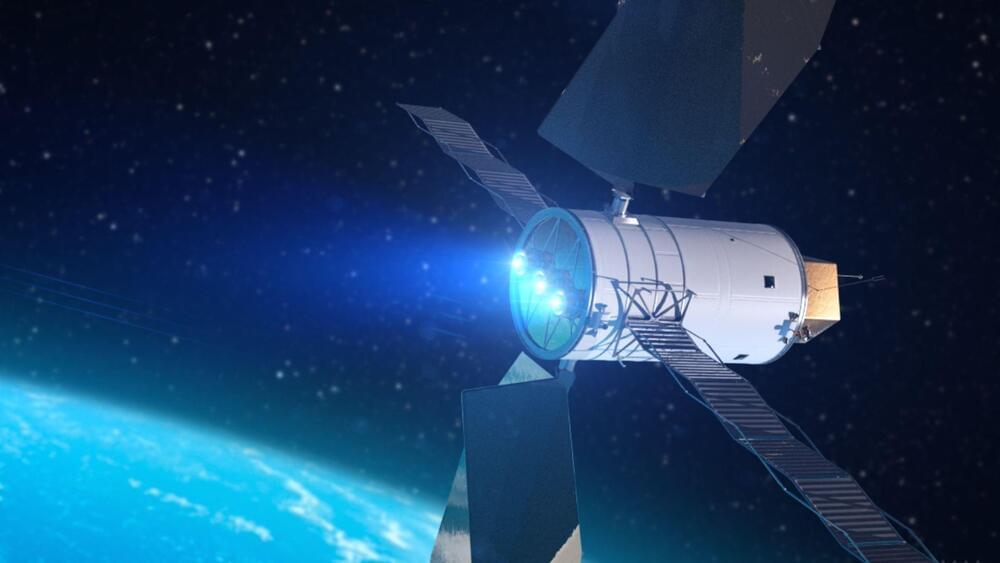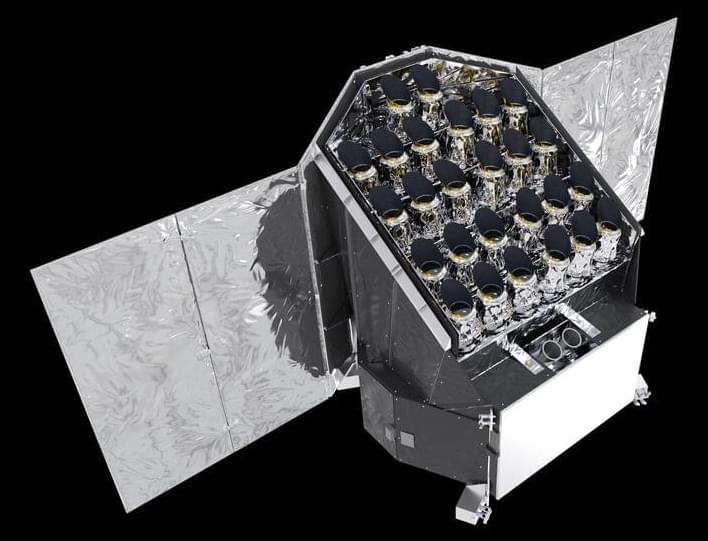12 billion-year-old galaxies were 90% surrounded by glowing gas, igniting intense star formation.



In a monumental achievement for astronomy, scientists have, for the first time, observed a star explode in real time. The star in question, a red supergiant named SN 2020tlf, is located approximately 120 million light-years away. A team of researchers began studying the star more than 100 days before its violent collapse, using data from the University of Hawaii’s Pan-STARRS1 telescope and the W. M. Keck Observatory on Mauna Kea.

A Q&A with the lead U.S. scientist of the mission, which will track changes in everything from wetlands to ice sheets to infrastructure damaged by natural disasters.
The upcoming U.S.-India NISAR (NASA-ISRO Synthetic Aperture Radar) mission will observe Earth like no mission before, offering insights about our planet’s ever-changing surface.
The NISAR mission is a first-of-a-kind dual-band radar satellite that will measure land deformation from earthquakes, landslides, and volcanoes, producing data for science and disaster response. It will track how much glaciers and ice sheets are advancing or retreating and it will monitor growth and loss of forests and wetlands for insights on the global carbon cycle.

The billionaire SpaceX CEO tasked scientists with designing domes and researching procreation with an eye toward colonizing the Red Planet.

Currently, 5,788 exoplanets have been confirmed in 4,326 star systems, while thousands more candidates await confirmation. So far, the vast majority of these planets have been gas giants (3,826) or Super-Earths (1,735), while only 210 have been “Earth-like”—meaning rocky planets similar in size and mass to Earth.
What’s more, the majority of these planets have been discovered orbiting within M-type (red dwarf) star systems, while only a few have been found orbiting sun-like stars. Nevertheless, no Earth-like planets orbiting within a sun-like star’s habitable zone (HZ) have been discovered so far.
This is largely due to the limitations of existing observatories, which have been unable to resolve Earth-sized planets with longer orbital periods (200 to 500 days). This is where next-generation instruments like the ESA’s PLAnetary Transits and Oscillations of stars (PLATO) mission come into play.
Discover the groundbreaking world of quantum teleportation! Learn how scientists are revolutionizing data transfer using quantum entanglement, enabling secure, instant communication over vast distances. From integrating quantum signals into everyday internet cables to overcoming challenges like noise, this technology is reshaping our future. Explore the possibilities of a quantum internet and its role in computing and security. Watch our full video for an engaging dive into how quantum teleportation works and why it’s a game-changer for technology. Don’t miss out!
Paper link: https://journals.aps.org/prl/abstract…
Visit our website for up-to-the-minute updates:
www.nasaspacenews.com.
Follow us.
Facebook: / nasaspacenews.
Twitter: / spacenewsnasa.
Join this channel to get access to these perks:
/ @nasaspacenewsagency.
#NSN #NASA #Astronomy#QuantumTeleportation #QuantumInternet #QuantumComputing #SecureCommunication #QuantumTech #ScienceBreakthrough #DataTransfer #FutureTechnology #QuantumEntanglement #QuantumScience #QuantumWorld #TeleportationScience #TechInnovation #NextGenTech #QuantumPhysics #ScienceExplained #CuttingEdgeTech #QuantumFuture #QuantumTechnology #TeleportationExplained #QuantumNetworks #RevolutionaryTech #TechUpdates #QuantumCommunication #DataRevolution #QuantumMechanics #TechAdvancements #PhysicsInnovation #ScienceMadeSimple #QuantumBreakthrough #QuantumDiscoveries
A new millennium has unfolded, and what happens during these next 1,000 years will determine the future of our entire species.
Music:
/ r1c3_kavbn.
• Ice Nine Kills — Funeral Derangements…
• Ice Nine Kills — The Box (Orchestral…
• The Story of Jobu.
• Pinky Fight.
• God Is An Astronaut — Burial.
If you saw a spelling mistake, no you didn’t!

The Firefly Sparkle was previously imaged by Hubble Space Telescope and Keck Observatory, but was followed-up using the power of both gravitational lensing and multi-wavelength data from JWST’s CAnadian NIRISS Unbiased Cluster Survey (CANUCS). The role of the lens was played by the massive galaxy cluster called MACS J1423.8 + 2,404, which lies between us and the Firefly Sparkle.
“Without the benefit of this gravitational lens, we would not be able to resolve this galaxy,” said Kartheik Iyer, a co-lead author of the paper, in a press release. “We knew to expect it based on current physics, but it’s surprising that we actually saw it.”
In the team’s paper, published in Nature on Dec. 11, they created a model to “undo” the visual distortions of the lensing. It turns out that the Firefly Sparkle’s original form appears like a stretched raindrop; its stars have not yet settled into either the central bulge or a thin disk. In other words, the galaxy is still very much in the process of forming.
